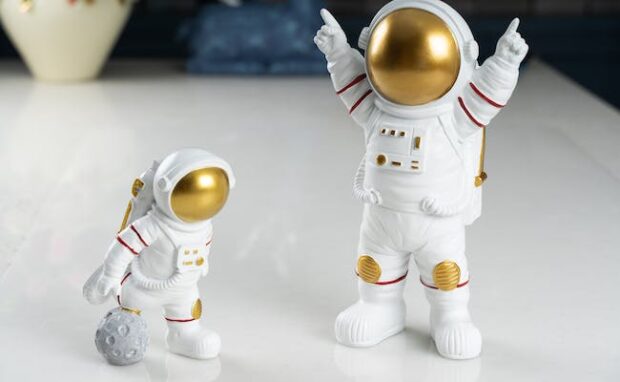Chinese astronauts grow space veggies
Chinese astronauts have been tomatoes and lettuce on the Tiangong Space Station as part of their plans for deep space exploration. Mission commander Jing Haipeng and rookies Gui Haichao and Zhu Yangzhu have cultivated these vegetables since late June. Soon, they hope to host food production for a future Moon base.
Most think of the United States when space exploration comes to mind. However, its Asian neighbor has also been furthering its outer space ambitions. Believe it or not, it wants to enable astronauts to stay on the Moon, and growing veggies in such an environment could help achieve that goal. Soon, we might have people living in outer space!
This article will discuss how Chinese astronauts grew vegetables in outer space. Next, I will elaborate on the country’s grand ambition to colonize the Moon and perhaps beyond.
How did the Chinese grow space veggies?
Hair cutting, space gazing, veggie planting… #Shenzhou16 crew's life in the orbiting #Tiangong space station goes beyond the rigorous scientific experiments. Get a glimpse of their chill moments here👇 pic.twitter.com/LJF2iuL3hz
— China Science (@ChinaScience) August 28, 2023
Space.com was the first outlet to report on China’s amazing feat. Jing Haipeng and his crew cultivated the produce with two sets of specialized equipment.
As mentioned, they started their operations in June and reaped four batches of lettuce. In August, they launched another operation for growing green onions and cherry tomatoes.
Most experiments involve an experimental group and a control group to analyze results further. That is why the China Astronaut Research and Training Center made replicas on Earth.
These will enable researchers to compare results and contrast how plants grow in space and on the ground. More importantly, they say it is part of their long-term deep space exploration objectives.
You may also like: NASA robot oversees oil rigs for remote testing
“This vegetable cultivation apparatus is a key part of the whole Environmental Control and Life Support System [ECLSS], and it is used in space to verify the relevant technologies. In the future, we will focus on rapid and large-scale cultivation,” Yang Renze, a China Astronaut Research and Training Center researcher, stated.
“The system can be applied to the field of deep space exploration, including our crewed lunar and Mars landing missions. “As a key part of the ECLSS, the plants grown from the cultivation apparatus can absorb carbon dioxide in the air to generate oxygen with the photosynthesis and then regenerate and purify water with transpiration,” he added.
Space.com says China wants a pair of astronauts on the Moon before 2030. Moreover, it aims to build a Moon base called the International Lunar Research Station (ILRS) in the next decade.
What are China’s space exploration goals?

If you thought having people live in space is already out-of-this-world, China has grander plans. Its researchers call it the “Tiangong Kaiwu” or “The Exploitation of the Works of Nature.”
It is a proposal with a four-stage roadmap for extracting space resources. More importantly, Tiangong Kaiwu’s ultimate goal is to build a space economy.
China Aerospace Science and Technology Corporation scientist Wang Wei and the Chinese Academy of Sciences named it after an encyclopedia from Ming Dynasty scientist Song Yingxing. Here’s what’s inside the roadmap:
- Mining ice and water on the Moon, Mars, Jupiter’s moons, and near-Earth asteroids
- Building space resource mining and processing stations
- Plotting space transportation networks for people and resources
- Adding more plans to develop the solar system by 2035, 2050, 2075, and 2100
You may also like: Space junk becoming a major issue
China Aerospace News said it will “provide new ideas and methods to solve global problems such as resource scarcity, energy crisis, and environmental pollution, and inject new ideas and methods into the sustainable development of the Earth.”
The news outlet conducted initial statistics on 997 asteroids and found that 701 are worth more than 100 trillion US dollars. Also, there are 122 near-Earth asteroids more suitable for mining worth more than $750 trillion.
Harnessing these space boulders could solve scarcity problems on Earth. Hence, the website says, “In the future, the ability to develop space resources will surely become an important scientific and technological capability in the competition for economic strength among countries and will also become a new economic growth point for major space powers.”
Conclusion
Chinese astronauts successfully grew space veggies on the Tiangong Space Station. Soon, it could help astronauts establish a lunar base.
The United States has also been ramping up its deep space exploration efforts. DARPA and NASA partnered to realize their 10-Year Lunar Architecture or LunA-10 Project.
Humanity may become a space-faring civilization if scientists continue their research. Learn more about the latest digital tips and trends at Inquirer Tech.